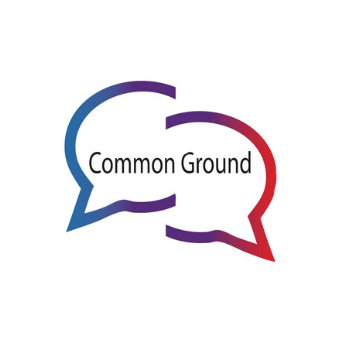Racism. A Way Forward: A perspective from two white males
I co-authored this column on racism and the work of the Healing Racism Institute of Pioneer Valley with John Davis, Trustee of the Irene E. & George A. Davis Foundation. It appeared on MassLive.
Race. Racism.
In the instant that you are reading those words, maybe half of readers have an immediate impulse to turn the page to find another article, or if reading this on your computer or mobile device there may be the urge to click or swipe, moving to another online item.
There are few words that evoke such a visceral reaction like those. Introduced into a conversation, there can be a palpable tension travelling up the spine. We have observed that most people try to avoid the topic. This is particularly true for white males. We know this from personal experience because we are both white males.
If religion or politics are conversation killers at a party, watch the reaction when race comes up. Toxic. Even though it remains America’s most challenging social issue, we are loath to engage. At the same time, it casts a long shadow—from education to the economy to public safety to the way our media reports the news. It is like an invisible gas surrounding us—aggravating wounds old and new, with any promise of resolution seemingly forever elusive.
In this piece we will avoid definitions—which tend to generate a lot of heat rather than shed light—leaving that for social scientists and pundits. We won’t even get into the now universal and scientific truth that there really aren’t races at all—just variations within the species, and one variable, and science tells us a small one at that, being skin tone.
Our perspective is that at the heart of racism is a deeply held notion, never openly articulated, that people of white skin are inherently superior to those of brown or black skin. Roseanne Barr’s recent comment about “apes” offers testimony of that. White people sometimes hint at it when they say “my people were able to raise themselves by their bootstraps… ” as if people of color don’t possess the same natural or inherent abilities. Both of us have heard some variation of this.
We learned in history, though this is not usually shared in history class, that at the very beginnings of our Republic the not-so-subtle notion of inherent superiority and inferiority was advanced. It was in the Federalist Papers, Federalist #54, the precursor to the Constitution, that assigned the human value of three-fifths to those in the Union with black skin and formerly slaves in determining a state’s total population for legislative representation.
The Pioneer Valley is no different in struggling with this issue. It may not surprise every reader to learn that the University of Michigan Population Studies ranked the Springfield metro area number one in the country in Hispanic-White segregation.
So, why do two white males like us, with all the requisite privileges we have, care about this issue? As we look at the many instances of racial profiling in the news, most recently the arrest of two African Americans in a Philadelphia Starbucks for just being persons of color, we see a nation still reluctant to engage on the issue of race.
We look around at the real divide and the systems and institutions we value, and realize something needs to change. So we have been doing something about it. A little over five years ago, a small group of people in the Valley started to meet, including the two of us, to begin a dialogue about what we might be able to do, even in a small way, to advance the notion of racial equity in our region.
Inspired by a City2City Pioneer Valley trip to Grand Rapids where we discovered the Healing Racism Institute embedded in the Grand Rapids Area Chamber of Commerce, we embarked on a journey that led to the formation of the Healing Racism Institute of Pioneer Valley.
Our rationale and that of our cohorts was to reverse racism one person at a time. No government program or initiative will be able to wave a wand and eliminate racism, a condition that afflicts those who possess it and don’t realize it and those on the receiving end. Racism holds down our economy and marginalizes those who could advance themselves and our nation if we could only eradicate it from our conscious and sub-conscious thinking.
The group behind the Healing Racism Institute of Pioneer Valley has been working collaboratively with others. In many ways, it is the hardest work any of us have ever done, but we can report progress.
So far, over 700 people have participated in our signature two-day Healing Racism program. Over 200 organizations from businesses, nonprofits, education, law enforcement and media have participated.
While much of what is discussed and presented offers history and context about racism’s roots and how it has become institutionalized, much of what we do is about changing people’s hearts. Changing just one heart at a time is how, we believe, we can start the process of curing racism. It makes practical sense, too—making a company or organization better, and sending a message to its workers and leaders that there is no place for racism.
We are gratified that so many of our friends, colleagues, co-workers and associates have taken the brave step of immersing themselves in our two-day workshops. We are making progress in the Valley, but there is still a long way to go.
John Davis is a principal at Ventry Industries LLC and a Trustee of The Irene E. & George A. Davis Foundation. Paul Robbins is principal and owner of Paul Robbins Associates Strategic Communications. Both are among the founders of the Healing Racism Institute of Pioneer Valley.
SHARE THIS POST
Subscribe and get the latest blog updates by email.

